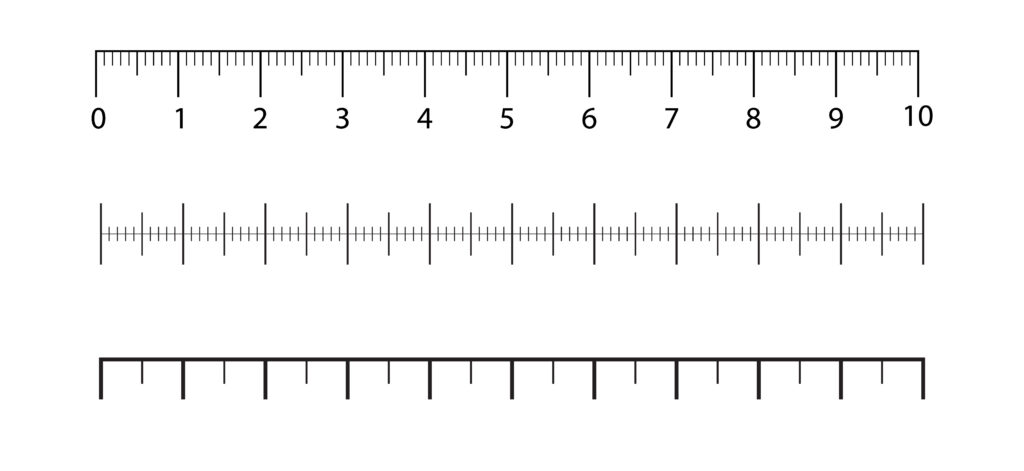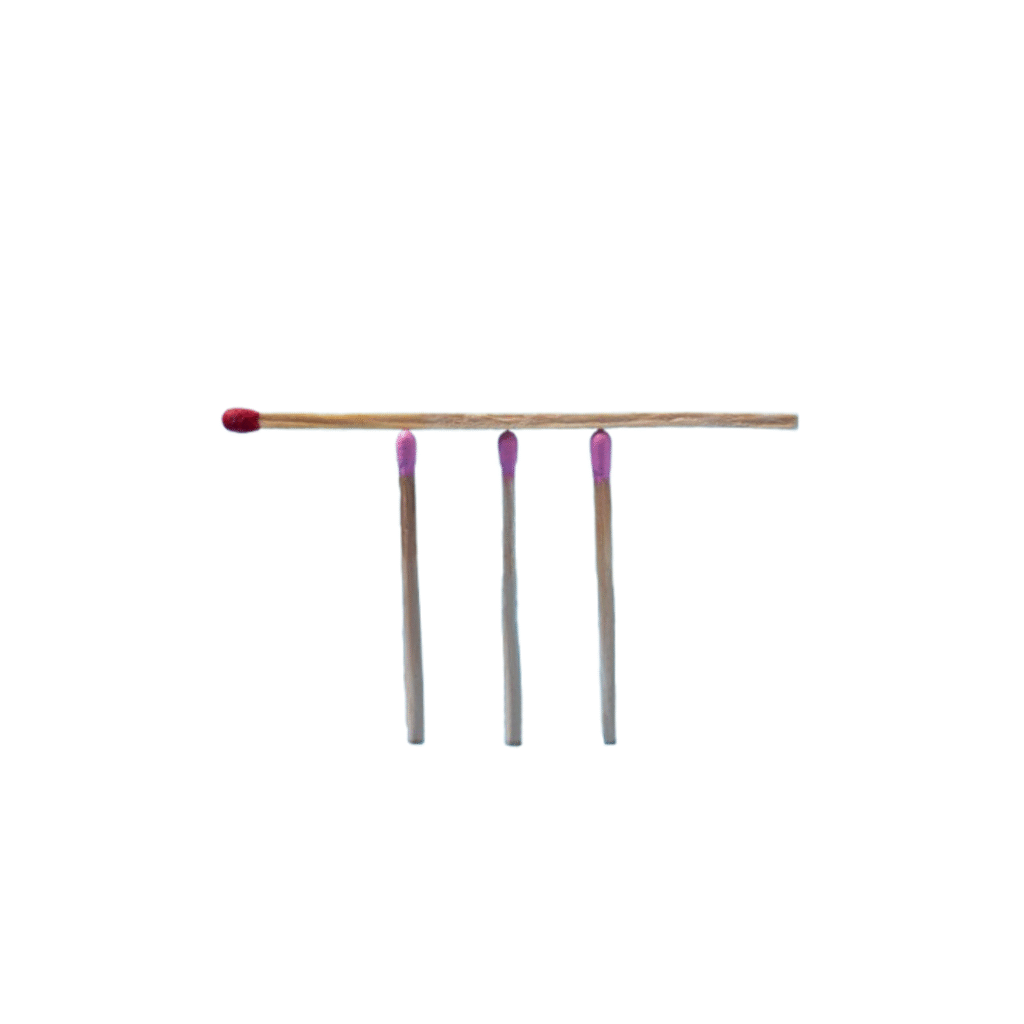Heron's Formula: Area of a Triangular Field
Explore Heron's Formula to calculate the area of triangular fields. Compare the results with the traditional base-height method and understand when each approach is most useful.
Help & Instructions
▼- Adjust Side Lengths: Use the input fields to change the lengths of the triangle's sides
- Visualize the Triangle: Watch how the triangle changes shape as you modify the side lengths
- Calculate Area: See the area calculated using both Heron's Formula and the traditional method
- Compare Results: Observe when the two methods give the same or different results
- Try different triangle configurations to understand the formula's applications
- Understand and apply Heron's Formula to calculate triangle area
- Compare Heron's Formula with the traditional base-height method
- Recognize when Heron's Formula is particularly useful
- Develop geometric intuition about triangle properties
Triangle Visualization
Watch how the triangle changes as you adjust the side lengths.
Triangle Side Lengths
Adjust the side lengths of the triangle (values between 5 and 200 units):
Heron's Formula allows us to calculate the area of a triangle when we know all three side lengths, without needing to know the height. This is particularly useful for irregular triangles where determining the height is difficult.
The Mathematics of Heron's Formula
Where:
- a, b, and c are the lengths of the three sides of the triangle
- s is the semi-perimeter: s = (a + b + c) / 2
Heron's Formula is particularly useful when:
- You know all three side lengths but not the height
- The triangle is scalene (all sides different lengths)
- You're working with irregular land areas (like triangular fields)
- Traditional base-height calculation is impractical
The traditional area formula (Area = ½ × base × height) requires knowing both the base and the corresponding height. Heron's Formula only requires the three side lengths, making it more versatile for irregular triangles.
Heron's Formula has practical applications in:
- Surveying: Calculating land areas when only boundary measurements are available
- Construction: Determining material needs for triangular sections
- Navigation: Calculating areas in triangulation methods
- Computer Graphics: Efficiently calculating areas of triangular polygons


